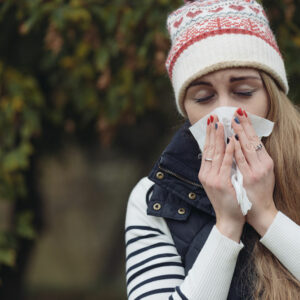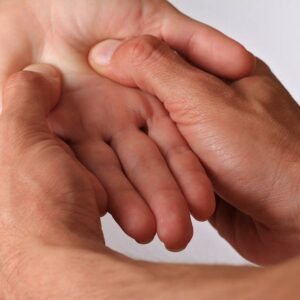
8 foods to avoid for Huntington’s disease
Huntington’s disease is a genetic disorder that affects the nervous system and causes progressive degeneration of brain cells. One of the common symptoms of this disorder is difficulty in swallowing. Due to this, extra care needs to be taken about the food considerations for people with Huntington’s disease. This includes removing certain foods from their food regimen which can be difficult to swallow. The following are a few foods that people with Huntington’s disease must avoid. Granola Granola might be a convenient snacking option. However, it might not be ideal for people with Huntington’s disease. This is because granola can be difficult to swallow due to its dry texture and can increase the risk of choking. Crumbly and sharp foods Along with dry foods, people with Huntington’s disease should also avoid crumbly foods, as they can irritate the throat. These include chips, crackers, and crusty bread. Due to their texture, they can also exacerbate swallowing problems. Raw fruits and vegetables While raw fruits are nutritious, they must be avoided by people with Huntington’s disease since they are difficult to swallow. Along with that, individuals with the disorder must also avoid raw vegetables as they pose the same problem. Nuts Individuals with Huntington’s disease may also experience reduced or loss of motor control in their face, which makes chewing difficult.
Read More 







